Purple Bush Bean Container Gardening: Ever dreamt of plucking vibrant, purple beans straight from your own patio? I know I have! There’s something incredibly satisfying about growing your own food, and with the right tricks, even those of us with limited space can enjoy a bountiful harvest. This isn’t just about gardening; it’s about connecting with nature, one bean at a time.
For centuries, container gardening has allowed people to cultivate plants in urban environments or where traditional gardens are impossible. From the hanging gardens of Babylon to the humble window boxes of today, the desire to bring nature closer to home is deeply ingrained in us. But let’s be honest, sometimes it feels like a daunting task, especially when you’re aiming for something as specific as purple bush bean container gardening.
That’s where this DIY guide comes in! I’m going to share my tried-and-true secrets for successfully growing these beautiful and delicious beans in containers. Forget complicated gardening jargon and endless research. I’ll walk you through everything, from choosing the right container and soil to preventing pests and harvesting your vibrant crop. Why spend money on store-bought beans when you can have your own fresh, organic supply right outside your door? Let’s get our hands dirty and transform your space into a mini purple bean paradise!
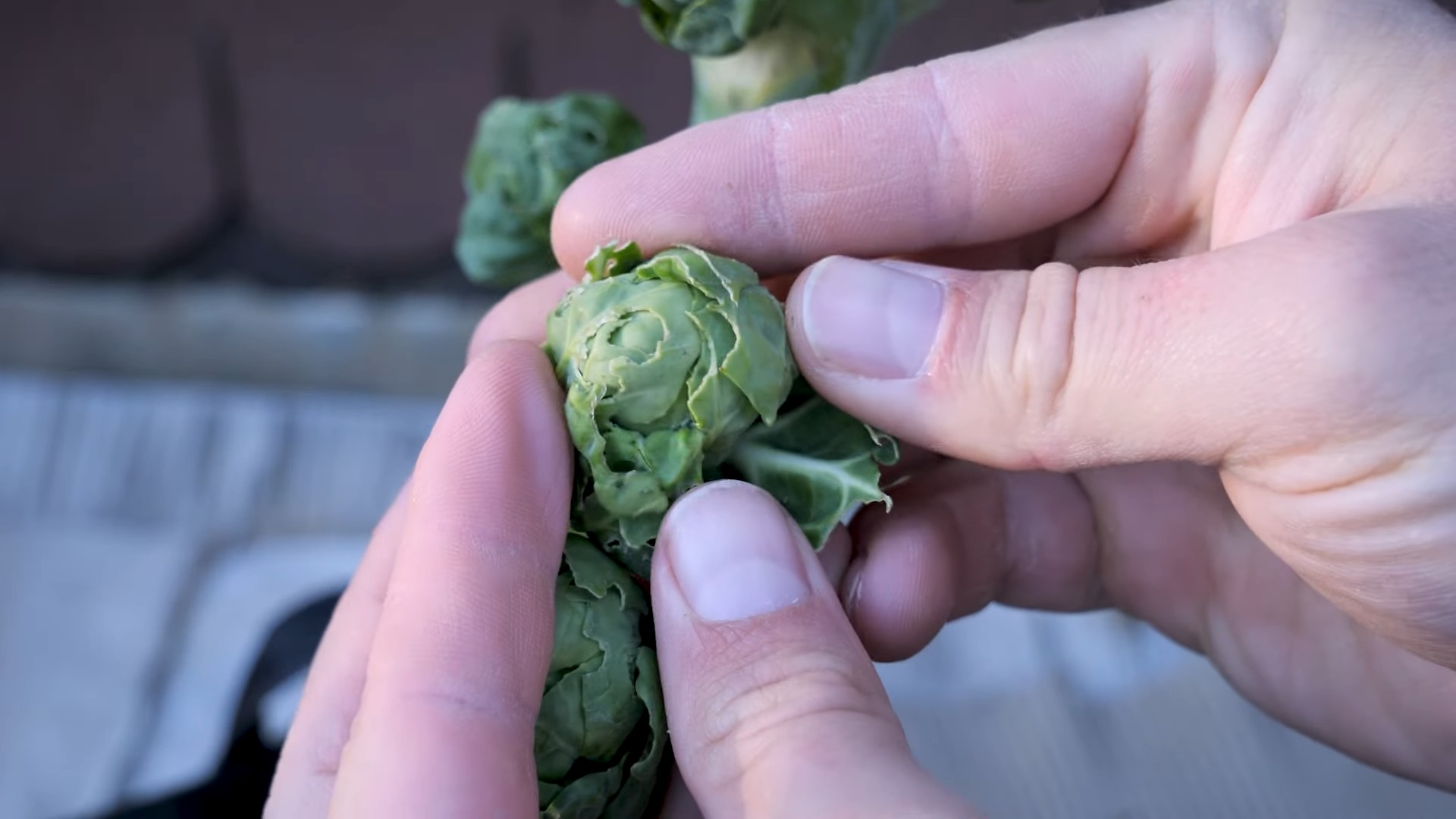
Growing Purple Bush Beans in Containers: A Complete DIY Guide
Hey there, fellow gardening enthusiasts! I’m so excited to share my experience with growing purple bush beans in containers. It’s a fantastic way to enjoy fresh, delicious beans even if you don’t have a sprawling garden. Plus, those vibrant purple pods are just stunning! This guide will walk you through every step, from choosing the right container to harvesting your bountiful crop. Let’s get started!
Choosing the Right Container and Soil
First things first, we need to set the stage for our bean babies to thrive. The right container and soil are absolutely crucial.
* Container Size: Bush beans don’t need a ton of space, but they do need enough room for their roots to spread. I recommend a container that’s at least 12 inches in diameter and 12 inches deep. A 5-gallon bucket works perfectly! You can also use rectangular planters, just make sure they’re deep enough.
* Drainage: This is non-negotiable! Beans hate soggy feet. Make sure your container has plenty of drainage holes. If it doesn’t, you can easily drill some.
* Material: Plastic, terracotta, or even fabric pots will work. I personally prefer plastic because they retain moisture better, which is helpful in hot weather. Terracotta looks beautiful, but it dries out faster.
* Soil: Forget garden soil! It’s too heavy and compacts easily in containers. You need a well-draining potting mix. I like to use a mix of:
* Peat moss or coco coir (for moisture retention)
* Perlite or vermiculite (for drainage and aeration)
* Compost (for nutrients)
You can buy pre-made potting mix, or you can mix your own. I often mix my own because it’s more cost-effective, and I can customize it to my liking.
Planting Your Purple Bush Bean Seeds
Now for the fun part – planting!
1. Gather Your Supplies: You’ll need your container, potting mix, purple bush bean seeds (I love the ‘Royal Burgundy’ variety!), a trowel, and a watering can.
2. Fill the Container: Fill your container with the potting mix, leaving about an inch or two of space at the top. Gently pat the soil down.
3. Sow the Seeds: Plant the seeds about 1 inch deep and 2-3 inches apart. You can plant multiple seeds in one container, but don’t overcrowd them. Overcrowding leads to competition for resources and can result in smaller yields.
4. Water Gently: Water the soil gently until it’s evenly moist. Avoid overwatering, which can cause the seeds to rot.
5. Find a Sunny Spot: Bush beans need at least 6-8 hours of sunlight per day. Place your container in a sunny location. A south-facing balcony or patio is ideal.
6. Be Patient: Germination usually takes about 7-14 days, depending on the temperature and moisture levels. Keep the soil consistently moist but not soggy.
Caring for Your Purple Bush Bean Plants
Once your seedlings emerge, it’s time to provide them with the care they need to flourish.
* Watering: Water regularly, especially during hot, dry weather. Check the soil moisture daily. If the top inch of soil feels dry, it’s time to water. Water deeply, allowing the water to drain out of the drainage holes. Avoid watering the foliage, as this can lead to fungal diseases.
* Fertilizing: Bush beans are relatively light feeders, but they still benefit from regular fertilization. I like to use a balanced liquid fertilizer (like a 10-10-10) diluted to half strength every 2-3 weeks. You can also use a slow-release fertilizer at planting time.
* Support: Bush beans typically don’t need staking, but if your plants get particularly bushy or if you live in a windy area, you may want to provide some support. You can use small stakes or a tomato cage.
* Pest Control: Keep an eye out for common bean pests like aphids, bean beetles, and spider mites. You can often control these pests with insecticidal soap or neem oil. I prefer to use organic methods whenever possible. Handpicking pests is also effective for small infestations.
* Weeding: Keep the container free of weeds. Weeds compete with your bean plants for nutrients and water.
Harvesting Your Purple Bush Beans
This is the moment we’ve been waiting for! Harvesting your own homegrown purple bush beans is incredibly rewarding.
1. Timing is Key: Harvest your beans when they are about 4-6 inches long and still tender. They should be firm but not bulging with seeds. Overripe beans will be tough and stringy.
2. Harvesting Technique: Gently snap the beans off the plant. Be careful not to damage the plant. You can also use scissors or pruning shears to cut the beans off.
3. Regular Harvesting: Harvest your beans regularly to encourage continued production. The more you harvest, the more beans your plants will produce.
4. Enjoy Your Harvest: Purple bush beans are delicious steamed, sautéed, or added to salads. They’re also great for freezing or canning.
Troubleshooting Common Problems
Even with the best care, you might encounter some challenges along the way. Here are a few common problems and how to address them:
* Yellowing Leaves: This could be a sign of overwatering, underwatering, or nutrient deficiency. Check the soil moisture and adjust your watering accordingly. If the soil is consistently moist, it could be overwatering. If the soil is dry, it could be underwatering. If you suspect a nutrient deficiency, fertilize with a balanced fertilizer.
* Lack of Flowers or Beans: This could be due to insufficient sunlight, poor pollination, or nutrient deficiency. Make sure your plants are getting enough sunlight. You can also try hand-pollinating the flowers by gently shaking the plants. If you suspect a nutrient deficiency, fertilize with a fertilizer that is higher in phosphorus.
* Pest Infestations: As mentioned earlier, keep an eye out for common bean pests. Treat infestations promptly with insecticidal soap, neem oil, or handpicking.
* Fungal Diseases: Fungal diseases can be a problem in humid conditions. Avoid watering the foliage and ensure good air circulation. If you notice signs of fungal disease, such as powdery mildew or leaf spot, treat with a fungicide.
Extending Your Harvest
Want to keep the bean party going? Here are a few tips for extending your harvest:
* Succession Planting: Plant new seeds every 2-3 weeks to ensure a continuous supply of beans.
* Choose Heat-Tolerant Varieties: Some varieties of bush beans are more heat-tolerant than others. Choose varieties that are well-suited to your climate.
* Provide Shade: During the hottest part of the day, provide your plants with some shade. You can use shade cloth or move the containers to a shadier location.
* Water Deeply: Water deeply and regularly to help your plants withstand heat stress.
Saving Seeds for Next Year
If you want to save seeds from your purple bush beans for next year, here’s how:
1. Allow Some Beans to Mature: Let some of the beans on your plants mature completely. They will become dry and brown.
2. Harvest the Dry Beans: Harvest the dry beans and remove them from the pods.
3. Dry the Seeds: Spread the seeds out on a tray and let them dry completely in a cool, dry place.
4. Store the Seeds: Store the dried seeds in an airtight container in a cool, dark place. They should be viable for several years.
Choosing the Right Purple Bush Bean Variety
Not all purple bush beans are created equal! Here’s a quick rundown of some popular varieties:
* Royal Burgundy: This is my personal favorite! It’s a reliable producer with beautiful, deep purple pods that turn green when cooked. The flavor is excellent, and the plants are relatively compact.
* Purple Queen: Another great option with similar characteristics to Royal Burgundy. It’s known for its high yields and disease resistance.
* Amethyst: This variety has slightly longer pods than Royal Burgundy and Purple Queen. It’s also a good choice for container gardening.
When choosing a variety, consider your climate, growing space, and personal preferences. Read reviews and talk to other gardeners to get recommendations.
Companion Planting for Purple Bush Beans
Companion planting is the practice of planting different plants together to benefit each other. Here are some great companion plants for purple bush beans:
* Marigolds: These beautiful flowers repel many common bean pests, such as bean beetles and nematodes.
* Nasturtiums: Nasturtiums also repel pests and attract beneficial insects.
* Carrots: Car
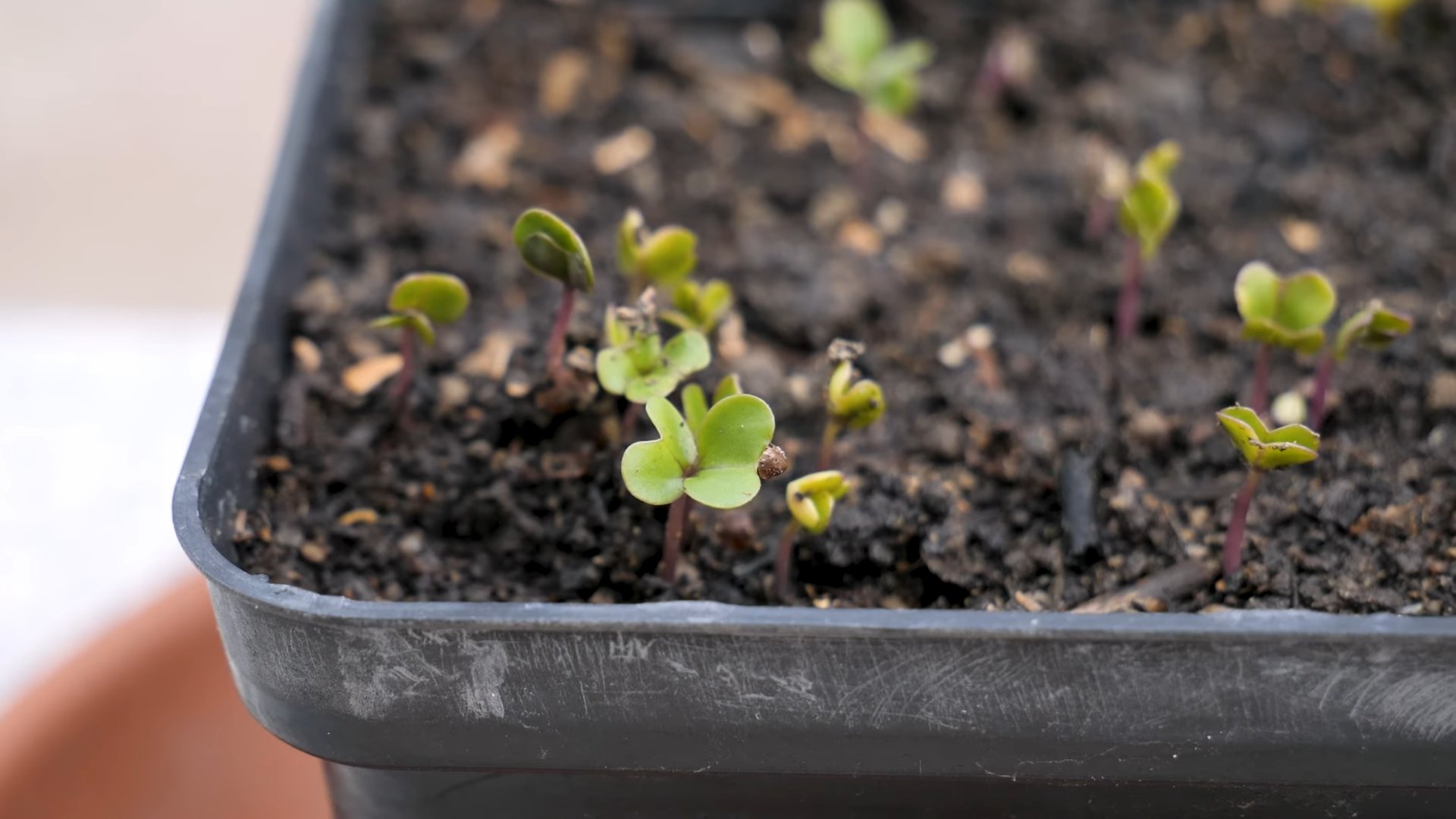
Conclusion
So, there you have it! Transforming your patio, balcony, or even a sunny windowsill into a thriving purple bush bean haven is not only achievable but incredibly rewarding. This DIY container gardening trick for purple bush beans is a game-changer for anyone seeking fresh, flavorful produce without the commitment of a large garden plot. We’ve walked you through the simple steps, highlighting the ease and accessibility of growing these vibrant vegetables right at your fingertips.
But why is this a must-try? Beyond the sheer convenience, growing your own purple bush beans offers a unique connection to your food. You control the quality, ensuring they’re free from unwanted pesticides and bursting with flavor that store-bought beans simply can’t match. Imagine the satisfaction of harvesting your own crop, knowing you nurtured it from seed to table. Plus, the stunning visual appeal of purple bush beans adds a touch of beauty to your outdoor space. They are not only delicious but also a conversation starter!
This DIY container gardening trick is a must-try for several reasons:
* Freshness and Flavor: Homegrown beans are simply more flavorful.
* Convenience: Grow your own food, even with limited space.
* Control: Know exactly what goes into your food.
* Beauty: Add a touch of purple to your garden.
* Sustainability: Reduce your carbon footprint by growing locally.
Now, let’s talk variations. While we focused on purple bush beans, this method is easily adaptable to other bush bean varieties, such as green beans or yellow wax beans. Experiment with different container sizes and materials to find what works best for your space and aesthetic. Consider adding companion plants like marigolds or nasturtiums to deter pests and attract pollinators. You can also try succession planting, sowing new seeds every few weeks, to ensure a continuous harvest throughout the growing season. For those with limited sunlight, consider using grow lights to supplement natural light.
Don’t be afraid to get creative and personalize your container garden. The beauty of DIY is the freedom to tailor it to your specific needs and preferences.
We wholeheartedly encourage you to give this DIY trick a try. It’s a simple, satisfying, and delicious way to connect with nature and enjoy the fruits (or rather, vegetables) of your labor. Once you’ve harvested your first batch of homegrown purple bush beans, we’d love to hear about your experience! Share your photos, tips, and triumphs in the comments below. Let’s build a community of container gardening enthusiasts and inspire others to embrace the joy of growing their own food. Happy gardening!
Frequently Asked Questions (FAQ)
What is the best container size for growing purple bush beans?
A container that is at least 12 inches in diameter and 12 inches deep is generally recommended for growing purple bush beans. This size provides ample space for the roots to develop and allows for proper drainage. You can use larger containers if you prefer, but avoid going too small, as this can restrict root growth and limit the plant’s productivity. Remember, good drainage is crucial to prevent root rot.
How often should I water my container-grown purple bush beans?
Watering frequency depends on several factors, including the weather, container size, and soil type. Generally, you should water your purple bush beans when the top inch of soil feels dry to the touch. During hot, dry weather, you may need to water daily, while during cooler, wetter periods, you can water less frequently. Avoid overwatering, as this can lead to root rot. A good rule of thumb is to water deeply and thoroughly, allowing excess water to drain out of the bottom of the container.
What kind of soil is best for purple bush beans in containers?
A well-draining potting mix is essential for growing purple bush beans in containers. Avoid using garden soil, as it can become compacted and poorly drained in containers. Look for a potting mix that is specifically formulated for container gardening. You can also amend your potting mix with compost or other organic matter to improve drainage and fertility. A slightly acidic to neutral pH (around 6.0 to 7.0) is ideal for purple bush beans.
How much sunlight do purple bush beans need?
Purple bush beans require at least 6-8 hours of direct sunlight per day to thrive. Choose a location for your container garden that receives plenty of sunlight. If you don’t have a sunny spot, you can supplement with grow lights. Insufficient sunlight can result in leggy plants with poor yields.
Do I need to fertilize my purple bush beans?
Yes, purple bush beans benefit from regular fertilization, especially when grown in containers. Use a balanced fertilizer (e.g., 10-10-10) or a fertilizer specifically formulated for vegetables. Follow the instructions on the fertilizer package for application rates. You can also use organic fertilizers, such as compost tea or fish emulsion. Fertilize every 2-3 weeks during the growing season.
When should I harvest my purple bush beans?
Purple bush beans are typically ready to harvest about 50-60 days after planting. Harvest the beans when they are firm, crisp, and about the thickness of a pencil. Avoid letting the beans become too large or tough. Regular harvesting encourages the plant to produce more beans.
Are there any common pests or diseases that affect purple bush beans?
Common pests that can affect purple bush beans include aphids, bean beetles, and spider mites. Diseases include powdery mildew and bean rust. Inspect your plants regularly for signs of pests or diseases. You can control pests with insecticidal soap or neem oil. Prevent diseases by providing good air circulation and avoiding overhead watering.
Can I grow purple bush beans indoors?
While it’s possible to grow purple bush beans indoors, it can be challenging to provide them with the necessary sunlight and growing conditions. If you want to try growing them indoors, choose a sunny windowsill or use grow lights to supplement natural light. Ensure good air circulation and monitor for pests and diseases.
Can I save seeds from my purple bush beans?
Yes, you can save seeds from your purple bush beans, but keep in mind that the resulting plants may not be true to type if the beans were cross-pollinated. To save seeds, allow some of the beans to mature fully on the plant until they are dry and brown. Remove the seeds from the pods and store them in a cool, dry place.
What are some companion plants for purple bush beans?
Companion plants for purple bush beans include marigolds, nasturtiums, carrots, cucumbers, and rosemary. Marigolds and nasturtiums deter pests, while carrots and cucumbers improve soil health. Rosemary can help repel bean beetles. Avoid planting beans near onions or garlic, as they can inhibit bean growth.

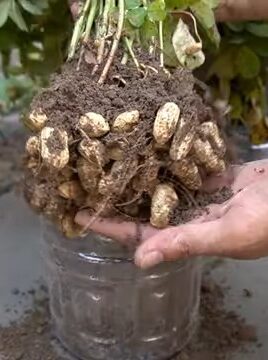
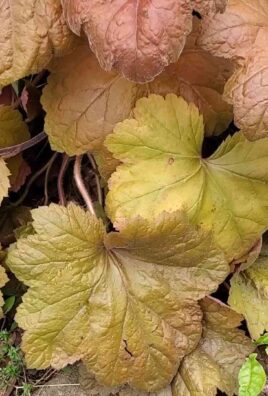
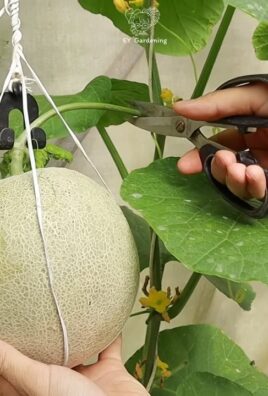
Leave a Comment